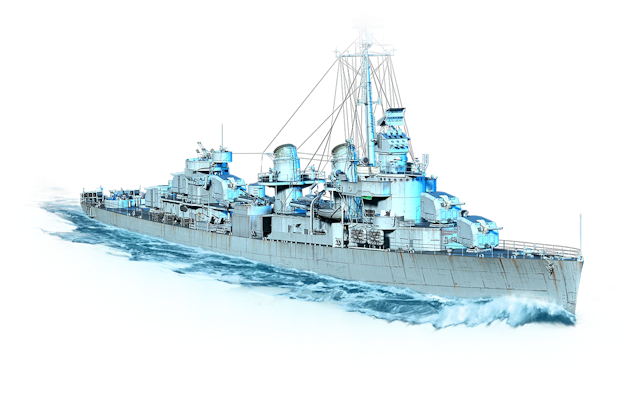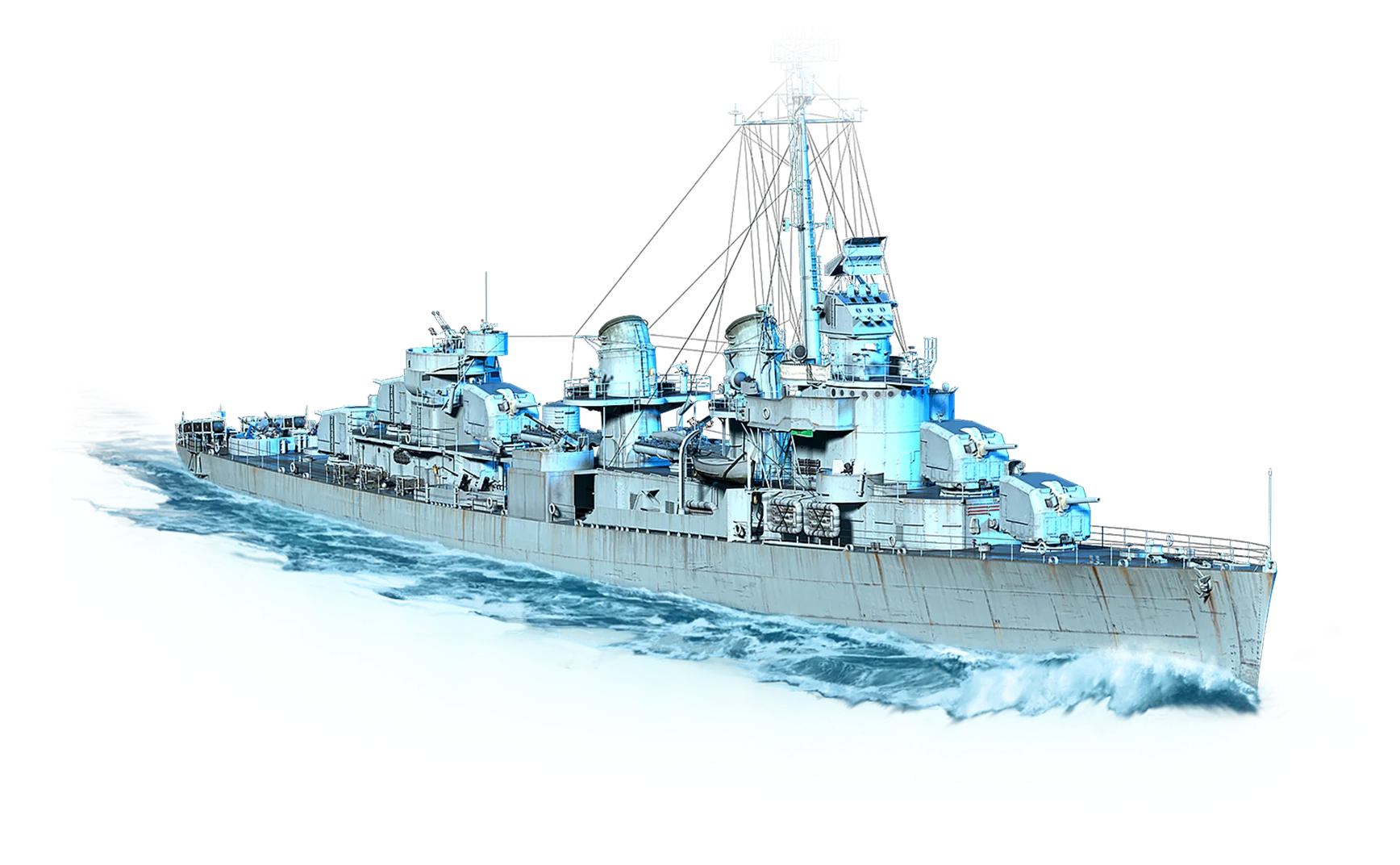Introduction to the Fletcher-Class Destroyer
The USS Fletcher stands as the lead ship of its class and represents one of the largest and most significant destroyer classes ever constructed. With over 175 ships launched, the Fletcher-class served as the backbone of the United States Navy's destroyer force during and after World War II.
Design and Specifications
Construction and Capabilities
The Fletcher-class was designed in the early years of World War II, embodying the lessons learned from earlier destroyer designs. Fletcher herself was a prime example of the adaptability and effectiveness of this class. Their design was a balanced blend of speed, firepower, and endurance.
Armament Diversity
The Fletcher-class was equipped with a potent combination of weapons systems. The main battery consisted of five 5-inch/38 caliber guns, an effective artillery setup for both surface combat and anti-aircraft warfare. Alongside its main battery, Fletcher boasted an array of anti-aircraft guns, which underwent various changes throughout her service life to adapt to the evolving aerial threats.
Torpedo armament was another formidable aspect of the Fletcher, with ten 21-inch torpedo tubes arranged in two quintuple centerline mounts. This enabled Fletcher and her sisters to unleash powerful and well-coordinated torpedo salvos against enemy shipping and combatants.
Operational History
World War II Service
Launched in 1942, the Fletcher saw extensive service throughout the Pacific Theater in WWII. Fletcher-class ships engaged in all manner of operations from escorting convoys and capital ships to directly confronting enemy vessels in major battles.
Battle Honors
Several Fletcher-class destroyers became legendary for their involvement in critical battles, including the Battle of Leyte Gulf, where they played a pivotal role in defending the landing forces and engaging enemy fleets. The versatility and resilience of these ships were displayed in numerous engagements across the Pacific, earning them a respected place in naval history.
Post-War Service and Legacy
Continued Use and Modernization
After the close of WWII, many Fletcher-class destroyers continued to serve, undergoing modernizations to keep pace with new technological advancements. Fletcher-class ships saw service in the Korean War, and some were transferred to allied navies where they continued to serve for decades.
Cultural and Historical Impact
The legacy of Fletcher and her sister ships extended far beyond their decommissioning. Many have become museum ships, and their stories are chronicled in naval history books and commemorated in various forms of media, serving as enduring symbols of American naval ingenuity and perseverance.
Conclusion
The USS Fletcher, as part of the wider Fletcher-class, represents more than a single ship. It is a chapter in naval history that illustrates the combination of tactical foresight and industrial capability. The lineage of these destroyers set a standard for future naval designs and cemented their place as an integral part of the United States Navy's legacy.

